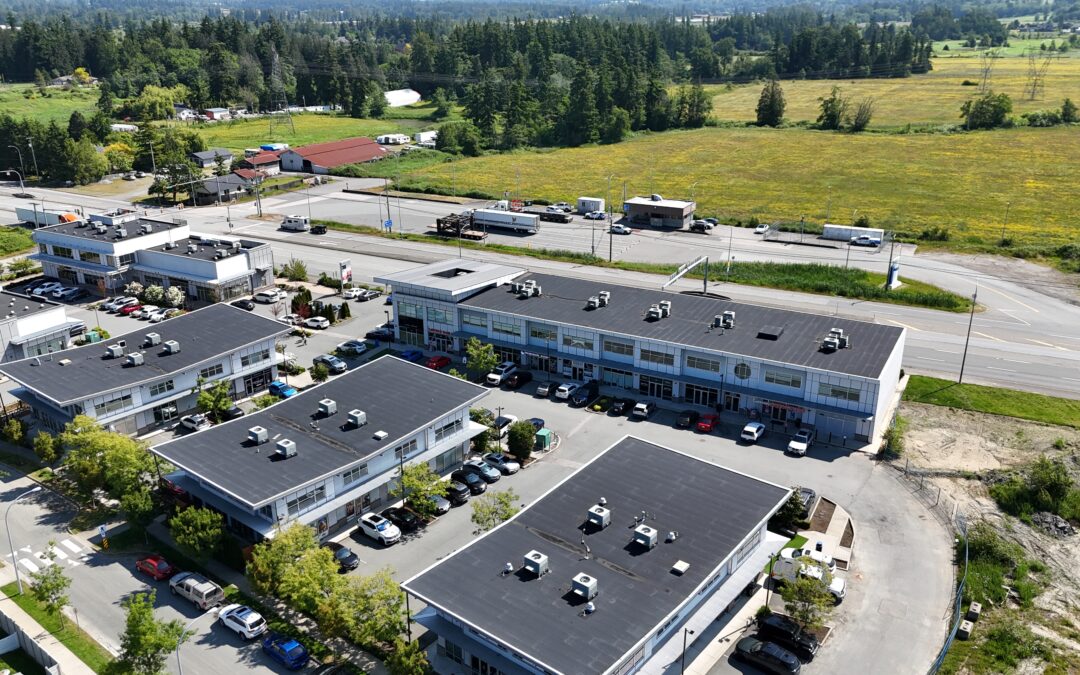Flat roofing in Vancouver is built to withstand a lot—but poor drainage is the one issue that silently breaks it down. Vancouver’s wet climate makes this problem even more dangerous. While a small puddle may seem harmless at first, standing water can ruin roofing membranes, weaken structures, and even void warranties.
This blog will explore how poor drainage becomes the #1 threat to flat roofing in Vancouver—and what you can do to stop it before the damage spreads.
How Drainage Becomes the #1 Threat to Flat Roofing in Vancouver
Vancouver gets an average of over 1,100 mm of rain annually, with most of it concentrated between October and March. That kind of rainfall puts flat roofing in Vancouver under constant pressure. Unlike pitched roofs that shed water naturally, flat roofs require well-designed drainage systems to keep water moving.
When that system fails—even in just one spot—water begins to accumulate, and problems multiply fast. And because much of this damage happens slowly, property owners often don’t realize their roof has failed until the interior is compromised.
Standing Water Wears Down Even the Toughest Materials
Ponding water, which refers to water that sits on a roof for more than 48 hours, slowly eats away at roofing membranes. Over time, this can weaken even high-quality materials like Torch on roofing, EPDM roofing, and TPO roofing.
Without drainage, UV rays reflect off the water’s surface, speeding up membrane degradation. Cracks and blisters soon follow—turning a minor issue into a major leak. Left unaddressed, these weak spots allow water to infiltrate the structure and cause rot, mold, and costly repairs.
Clogged Drains Can Cause Leaks and Water Damage
Flat roofs use drains, scuppers, and gutters to get rid of rainwater. But when these get blocked by leaves, dirt, or debris, water starts to pool on the roof. With nowhere to go, it can slowly seep through the seams and into the insulation, ceiling, or walls.
This happens a lot in Vancouver, especially in areas with lots of trees. During the fall, just a few days without clearing the drains can cause a serious clog. Once water gets inside, it spreads quietly and quickly. Sadly, many people with flat roofs don’t realize there’s a leak until the damage is already done.
Damp Conditions Fuel Mold, Algae, and Structural Rot
When drainage issues go unchecked, flat roofs turn into breeding grounds for moss, algae, and mold. Moisture and organic debris combine to feed biological growth that weakens roofing components over time.
Moss can lift roofing seams. Algae trap more moisture. Mold spreads into your ceilings and walls. These aren’t just cosmetic concerns—they can affect indoor air quality and make the space unsafe for occupants.
Ice Formation in Winter Rips Through Roofing Layers
In colder months, any standing water left on the roof may freeze and expand. This freeze-thaw cycle can split the seams of Torch on roofing or create punctures in TPO roofing membranes.
In some parts of Metro Vancouver, especially in elevated areas, overnight temperatures often dip below freezing from late fall through early spring. This seasonal shift puts added stress on flat roofs. Even flat roofing in Vancouver that was recently installed can fail in just one season if drainage is inadequate.
Poor Drainage Design Accelerates Roofing Failures
Sometimes, the issue isn’t clogged drains—it’s the overall design of the drainage system. Older buildings may lack proper slope or use outdated drain placements. Even new roofs can suffer if the drainage plan wasn’t correctly executed.
Experienced ones from your ‘flat roofers near me’ search often find that drainage slope (also called “positive drainage”) is either insufficient or misaligned. A flat roof should have at least a 1/4 inch per foot slope to direct water toward drains. If that’s missing, ponding will occur—even with regular maintenance.
Hidden Damage Builds Up Beneath the Surface
One of the most dangerous aspects of poor drainage is how invisible the damage can be. Moisture seeps into insulation, wood, and drywall slowly. Weeks—or even months—can pass before interior water stains or ceiling bulges appear.
Once the signs become visible, the cost of repairs skyrockets. By then, your flat roofing in Vancouver may already need full replacement. Regular inspections can help spot these issues before they spread.
Improper Drainage May Invalidate Roofing Warranties
Most flat roofing materials, especially EPDM roofing and TPO roofing, come with warranties ranging from 10 to 30 years. But here’s the catch: manufacturers require proof of proper installation and maintenance—including drainage.
If your roof inspector finds that poor drainage caused the damage, your warranty may not cover the repair. That’s why professionals emphasize documentation and drainage maintenance as part of every roofing contract.
Expert Advice from Flat Roofers Near Me: Drainage Done Right
Want to avoid expensive damage and extend the life of your roof? Here’s how expert roofers recommend you maintain drainage systems on flat roofs:
- Install tapered insulation to create a natural slope and prevent ponding.
- Use overflow scuppers as a secondary line of defense during heavy rainfall.
- Clean all drains at least twice a year, especially after autumn leaf fall.
- Inspect drains after each major storm to ensure water is flowing properly.
- Schedule annual inspections with certified flat roofers near you to catch early signs of pooling, sagging, or membrane damage.
Routine care can add years to your roof’s lifespan—especially when done by specialists who know the challenges of flat roofing in Vancouver.
Want more ways to protect your flat roof from drainage and weather-related damage? Don’t miss these 10 Essential Tips for Maintaining Flat Roofs (Avoid Costly Repairs!)—packed with practical advice you can start applying today.
Choosing the Right Materials: Torch on, EPDM, or TPO Roofing?
Not all flat roofing systems handle drainage the same way:
- Torch on roofing is applied in layers with a waterproof membrane but requires flawless installation to prevent leaks.
- EPDM roofing is rubber-based, cost-effective, and flexible—but prolonged water exposure can reduce its lifespan.
- TPO roofing is durable, UV-resistant, and weldable—excellent for water shedding if drainage is well-designed.
When choosing materials for flat roofing in Vancouver, consider your roof’s slope, drainage configuration, and weather exposure—not just price.

Bonus: Quick Maintenance Checklist for Flat Roof Drainage
Here’s a simple checklist to stay ahead of drainage problems:
- Clear debris from all drains and scuppers (Spring + Fall)
- Inspect for ponding after heavy rainfall
- Check for sagging areas or water stains indoors
- Schedule at least one annual inspection
- Keep records of maintenance for warranty purposes
Flat roofing in Vancouver faces unique challenges. A checklist like this can help homeowners and building managers protect their investment for the long haul.
Conclusion: Protect Your Flat Roofing in Vancouver Before It Fails
Drainage may not seem urgent—until your ceiling starts dripping, insulation gets soaked, or a warranty claim gets denied. Poor drainage is the #1 reason flat roofing in Vancouver fails, especially in our wet and unpredictable climate.
Don’t wait for visible damage. Search for ‘certified flat roofers near me’ in Google for an inspection—especially if your roof has gone more than a year without professional care. Whether you’re using Torch on roofing, EPDM roofing, or TPO roofing, the right drainage plan makes all the difference.

